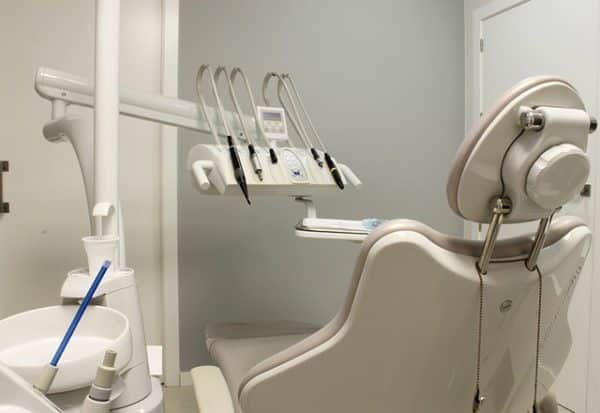There are a few different types of dental implants that you can get, should you wish to replace lost teeth or if you would like to replace your veneers. Depending on what you need replacing, and what sort of money you have to spend, this will determine what type of dental implant is best for you to go with. The great thing about dental implants is that they offer a more permanent solution to missing or damaged teeth. Making the decision of what sort of implant would best suit you is not easy; it is an expensive and important decision so having all the information is key.
Thinking about replacing missing teeth? Here are three types of implants you can get to help replace one or multiple missing teeth and reinvigorate your smile!
- Most popular Endosteal Implants
Endosteal implants are one of the most common types of implant used. How this type of implant works is that a titanium placeholder would be screwed into your jawbone, with the tooth replacement fitted to that. Implants do require time to heal before the false teeth are added, as they need to fuse to make sure they are sturdy enough to eat and not move around. As they are being screwed into the jaw bone the bone will have to be strong and in good health to make sure the implants take and do not come out. This implant can replace one or multiple teeth a form of this can be the All-On-4 Dental implant which actually does top and a bottom jaw with a full denture, you can read more about it online.
- Subperiosteal Implants
This type of implant would be second in line to the Endosteal, instead of this being fixed to the jawbone, it would be put under the gum and would sit on top of the jawbone. For this implant, a metal frame is placed into the gum and the titanium screws are placed into this, the gum would then heal around this frame and the false teeth added once this has healed. When having this one done it would mainly only be chosen if there is not enough jawbone for the Endosteal or if the patient did not want to go through the intensive procedure needed for adding bone to the area where the implants would be placed.
- Zygomatic implants
This implant is least commonly available and is not used much. This is due to it being a more complicated procedure and would only be done if there was not enough jawbone to carry out Endosteal implants. For this procedure, the implants would be screwed into the cheekbone as opposed to the jawbone; this is a more complex procedure hence why it is less commonly used as there are alternative techniques to allow you to try the other two procedures.
So if you are planning on getting implants done, it is a good idea to get a consultation to discuss the options available. It’s also worth doing some further research about the different options available and which could be best for you.





